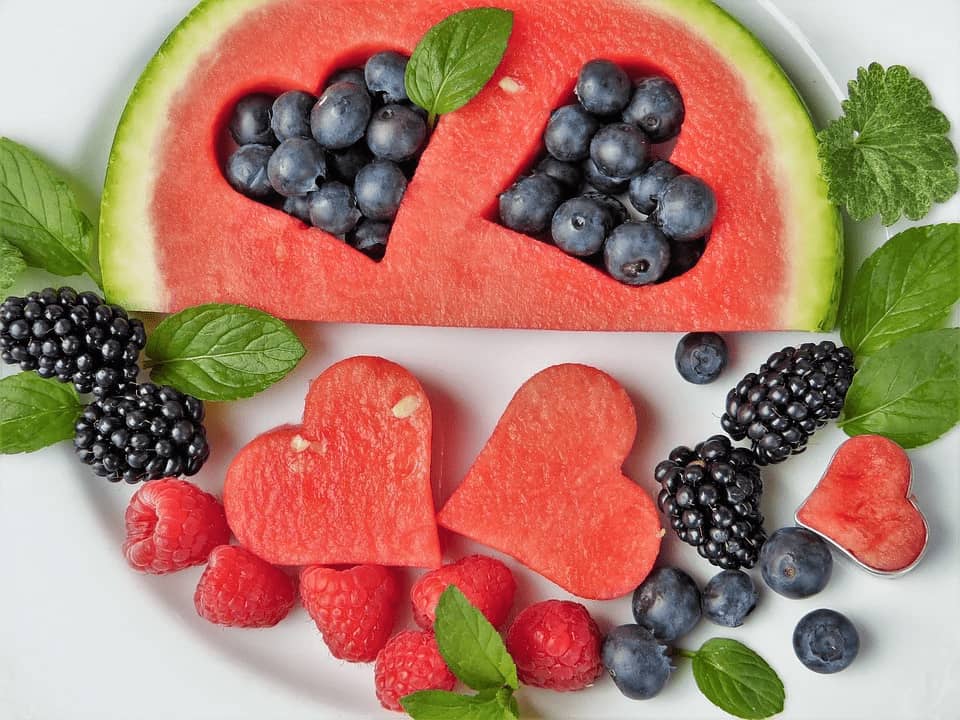- Your cart is empty
- Continue Shopping
Lower Your High Blood Pressure with the Healthy DASH Diet

You know that your diet can affect your tendency to develop high blood pressure, but how do you know what’s safe to eat and what you should avoid? Is there a simple, easy meal plan tailored especially for people worried about their blood pressure?
Say hello to the DASH diet!
With this diet, cutting out foods that contribute to hypertension is easy. Adjusting your eating habits can lower your blood pressure and significantly reduce your risk of cardiovascular disease, all without having to worry about the side effects of blood pressure medications.
Start eating right and feeling better today!
What Is the DASH Diet?
DASH is short for “dietary approaches to stop hypertension.” Its primary purpose is to lower your blood pressure, but it’s also great for reducing your risk of heart disease, heart attack, and stroke.
Unlike many other diets you might only stick to for a few weeks while you try to shed some extra pounds, the DASH diet is designed to be a lifelong nutrition plan. It’s an overall healthier way of eating, not a fad diet you can start and stop in bursts.
The DASH Diet as a High Blood Pressure Treatment
How effective is the DASH diet for managing high blood pressure? For starters, it’s been ranked as the best overall diet for eight years running by the U.S. News and World Report.
In addition to beating out nearly 40 other diets for general effectiveness, it was also labeled as good as if not more effective for keeping blood pressure under control than many prescription medications.
You might have to give up a few foods you love, as is the case with all diets, but if they’re bad for your heart and your blood pressure, you’re better off leaving them off your plate anyway.
How to Follow the DASH Diet and Manage Your High Blood Pressure
The DASH diet has three main components. These are moderating portion size, increasing the nutritious value of your meals, and reducing sodium in your diet. Foods high in potassium, magnesium, and calcium are encouraged, while salty and fatty foods are discouraged.
Keep portions small and always read the labels of anything you pick up in the grocery store, and you should have no trouble at all.
What to Eat
The DASH diet is well-rounded and follows the general food pyramid structure. It’s high in whole grains and fresh produce, with smaller amounts of dairy and protein.
Whole Grains
At six to eight servings per day, whole grains make up the majority of what you’ll be eating on the DASH diet. They’re free of saturated fats and generally low in sodium, and you don’t have to worry about the blood glucose spikes that can come from sugary white bread and grains.
Whole wheat bread and pasta, brown rice, oatmeal, quinoa, and other nutritious grains are excellent choices.
Fruits and Vegetables
Fruits and especially vegetables are a great choice for any healthy diet, and the DASH diet doesn’t skimp here. Leafy green vegetables are ideal, but you can also add other fresh or frozen veggies, as well as a few servings of fruit.
Aim for about four to five servings per day.
Low-Fat Dairy
Dairy products like cheese and heavy cream can be very high in fat and aggravate your blood pressure. Opt for two or three servings of low-fat milk and yogurt instead to get your daily dairy intake.
Nuts and Seeds
The occasional handful of seeds or nuts is a great way to add variety to a DASH diet. Eat them alone or integrate them with a meal—just skip the heavily salted variety. You can also enjoy a scoop of peanut butter or other nut kinds of butter.
Lean Proteins
Lean meats like chicken breast and fish are good heart-healthy choices. Eggs are also fine in moderation, but you should avoid eating red meat more than once a week and cut out high-sodium meats like ham and jerky entirely.
What to Avoid
There’s plenty to enjoy on the DASH diet, but you’ll want to steer clear of sodium and certain fats.
Saturated and Trans Fats
Not all fats are bad, but saturated and trans fats are among the worst for your overall health.
They’re even worse when you have hypertension, as they can raise your bad cholesterol levels. The higher your bad cholesterol, the higher your risk of developing plaques in your arteries. Plaques damage the blood vessels making it harder for your heart to pump blood through your arteries, which raises your blood pressure.
Skip the fried foods and limit saturated fats from butter, fatty meats, and cheese.
Sodium
The DASH diet is very low in sodium since lots of salt can raise your blood pressure. Keep your sodium consumption to less than 1,500 mg per day.
Avoid foods high in sodium, especially pre-packaged ones like canned soup, shelf-stable vegetables, and cured meats.
Final Thoughts
Nutrition is just one part of managing high blood pressure, but it’s an incredibly important piece of the puzzle. Just by making adjustments to what you eat, you can lower your blood pressure and minimize your risk of health issues.




